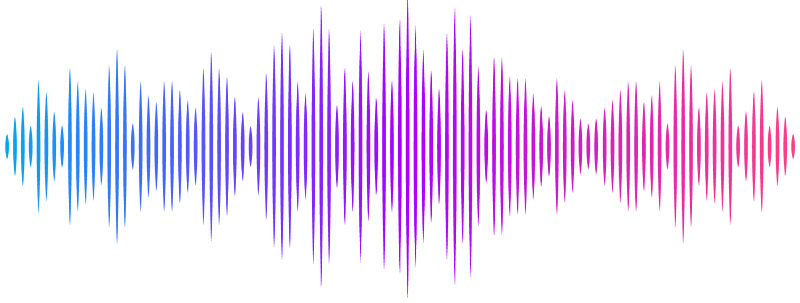Investigating the effect of visual threat in virtual reality on perceiving postural instability onset

Investigating the effect of visual threat in virtual reality on perceiving postural instability onset
McIlroy, R. E.; Barnett-Cowan, M.
AbstractBackground: Sensory information processing plays a crucial role in monitoring the timing of external and internal events, including the control of balance. While previous research has investigated the role of vision in the perceived timing of postural instability onset with eyes closed and open, it is important to further explore the influence of visual context. Virtual reality offers a unique opportunity to manipulate visual information and assess its impact on balance control and the perceived timing of sensory events. Research Question: Does visual information, particularly visual threat presented in virtual reality, alter the perceived timing of postural instability onset? Methods: Two temporal order judgment tasks were conducted using virtual reality to manipulate visual information. Participants were placed on a virtual skyscraper to induce visual threat. The experiments investigated the impact of visual information on the perceived onset of postural instability while manipulating the presence/absence of visual threat. Results: With vision available but without visual threat, the onset of a postural perturbation needed to occur 10.71-12.33 ms before a reference sound stimulus to be perceived as simultaneous. With visual threat, the onset needed to occur 4.45 ms before auditory cue onset to be perceived as simultaneous. While these delays were not significantly different from true simultaneity of perturbation and sound onset, participants were significantly more precise in their judgments when threatening visual information was present. Significance: Our results show that visual context, particularly visual threat presented in virtual reality, may alter the perception of perturbation onset and the precision of judgments made. This has implications for understanding the role of vision in balance control and developing interventions to improve balance and prevent falls.